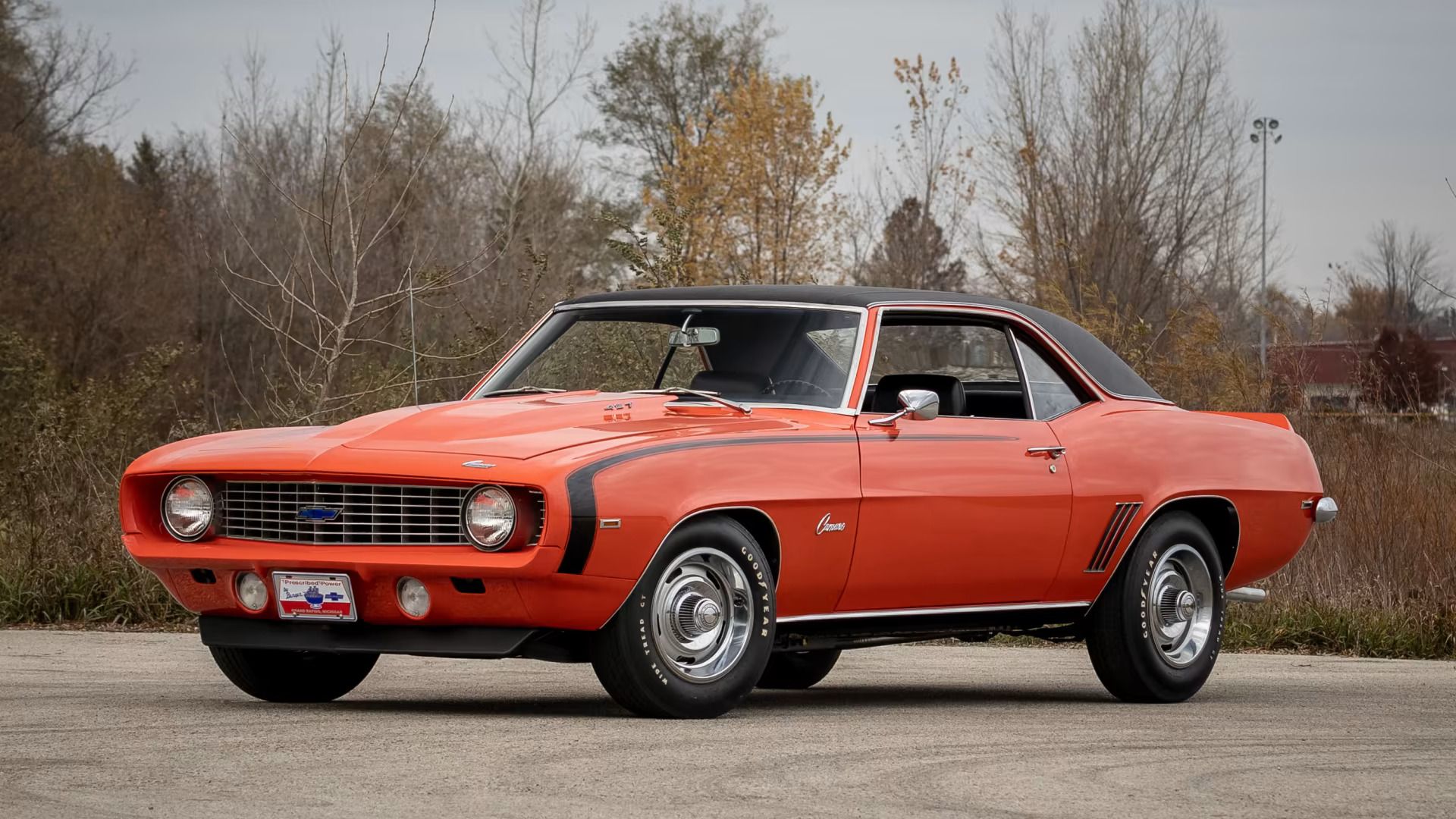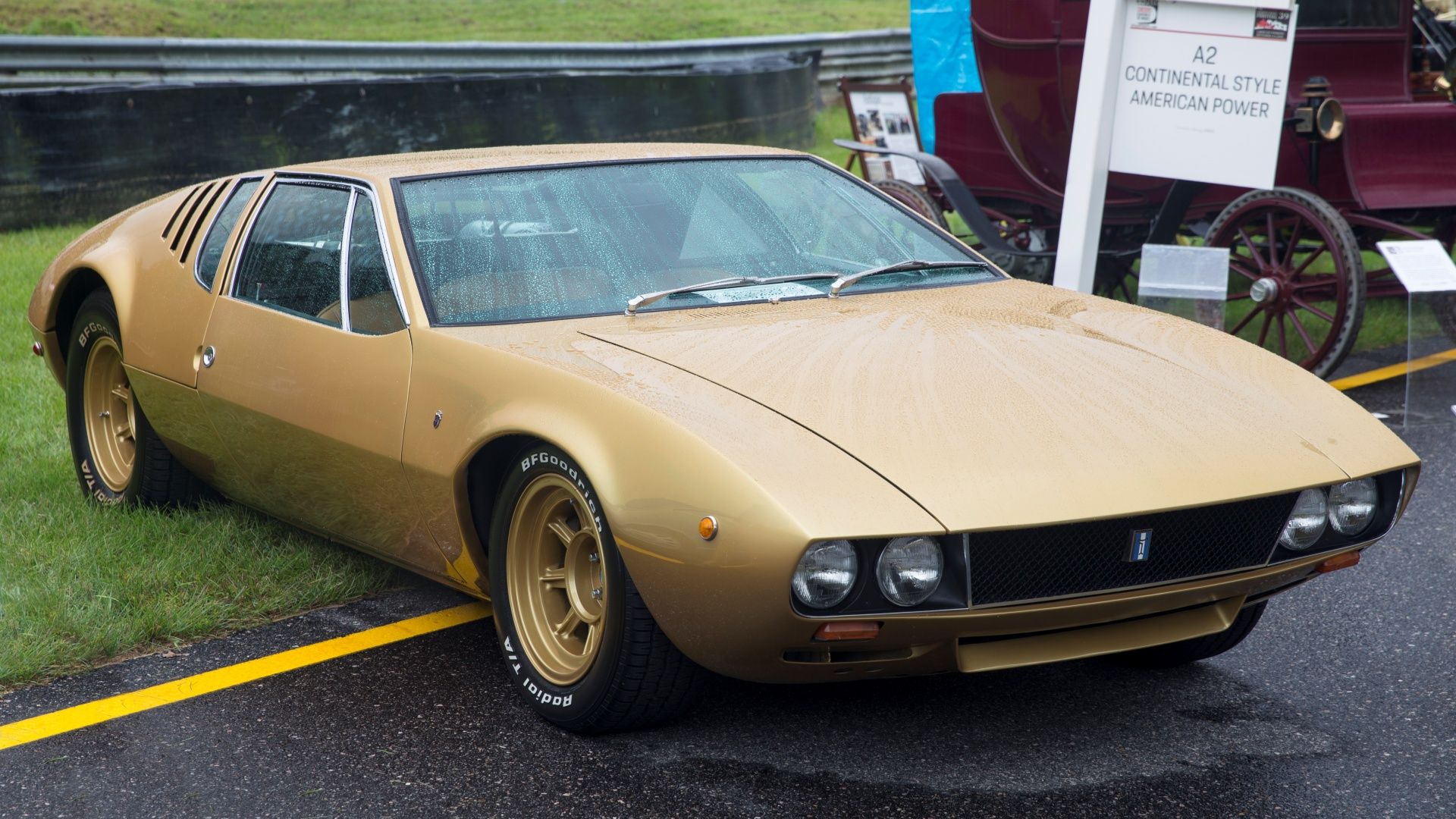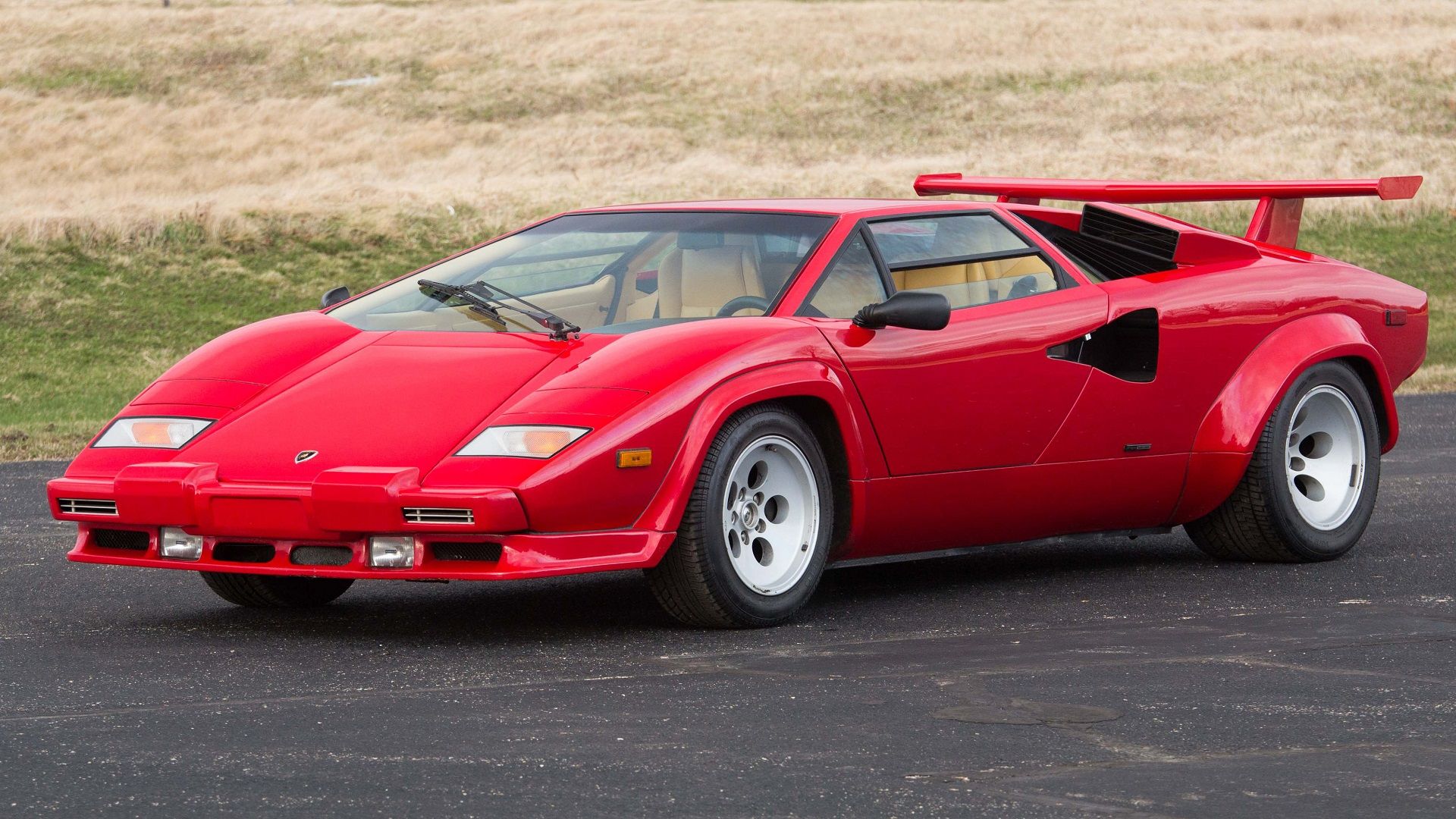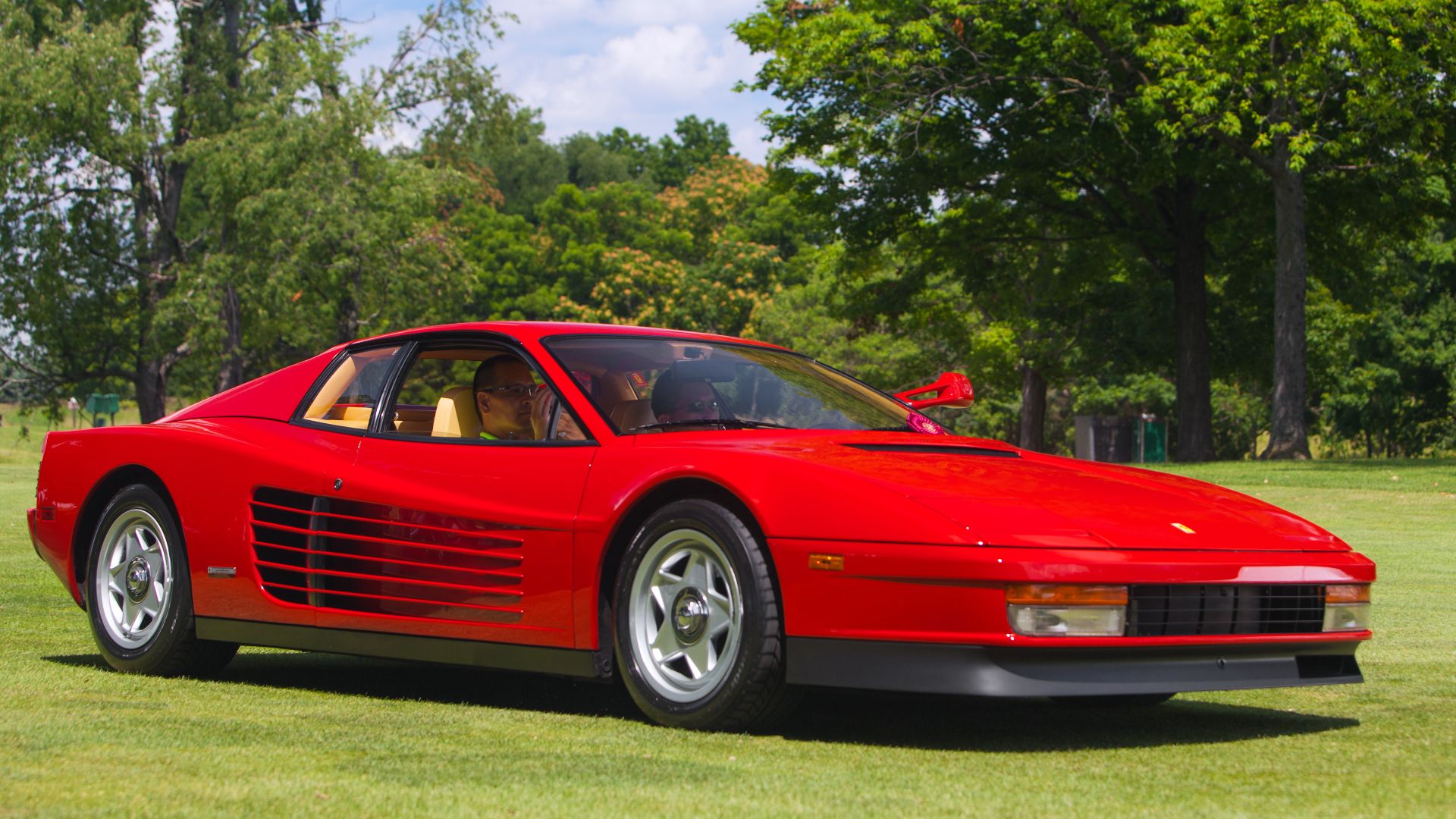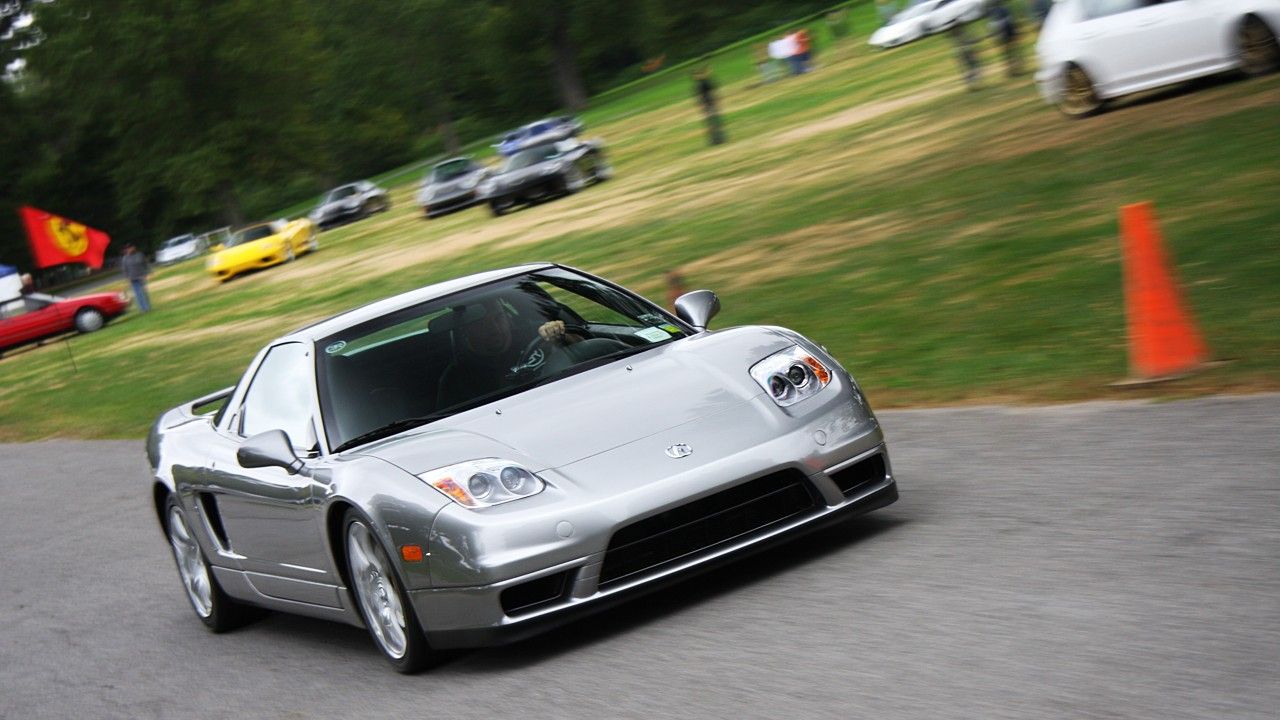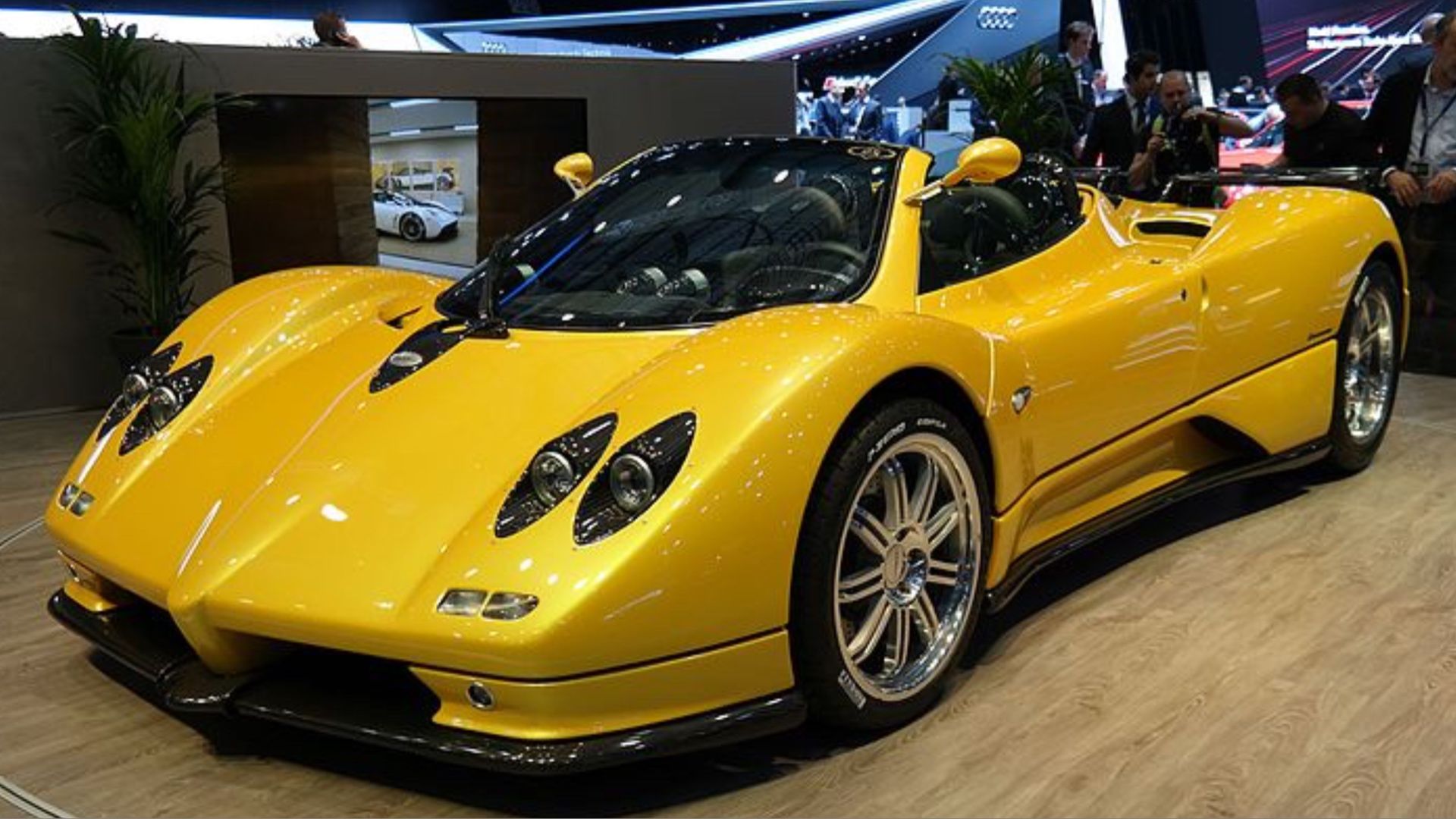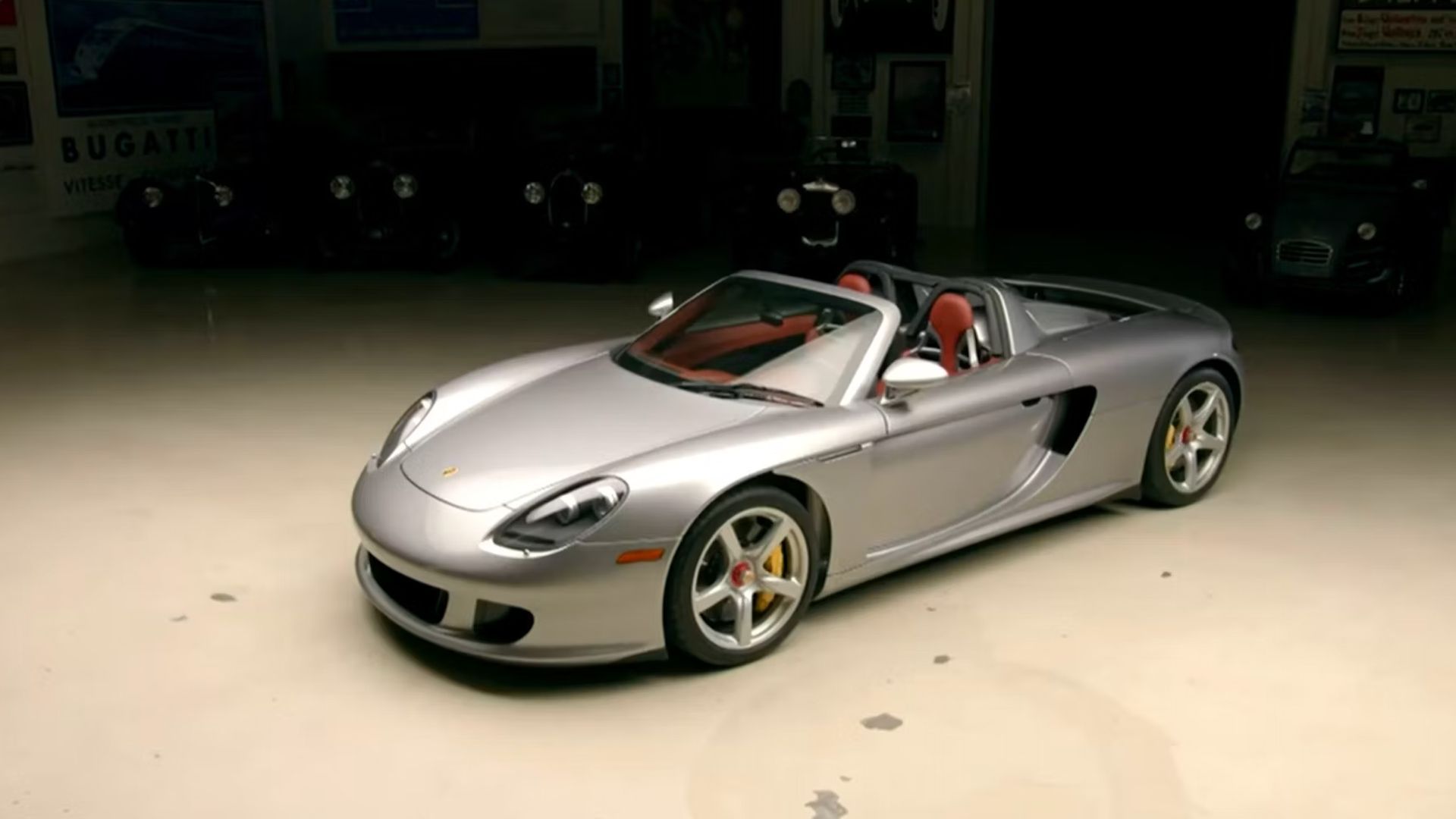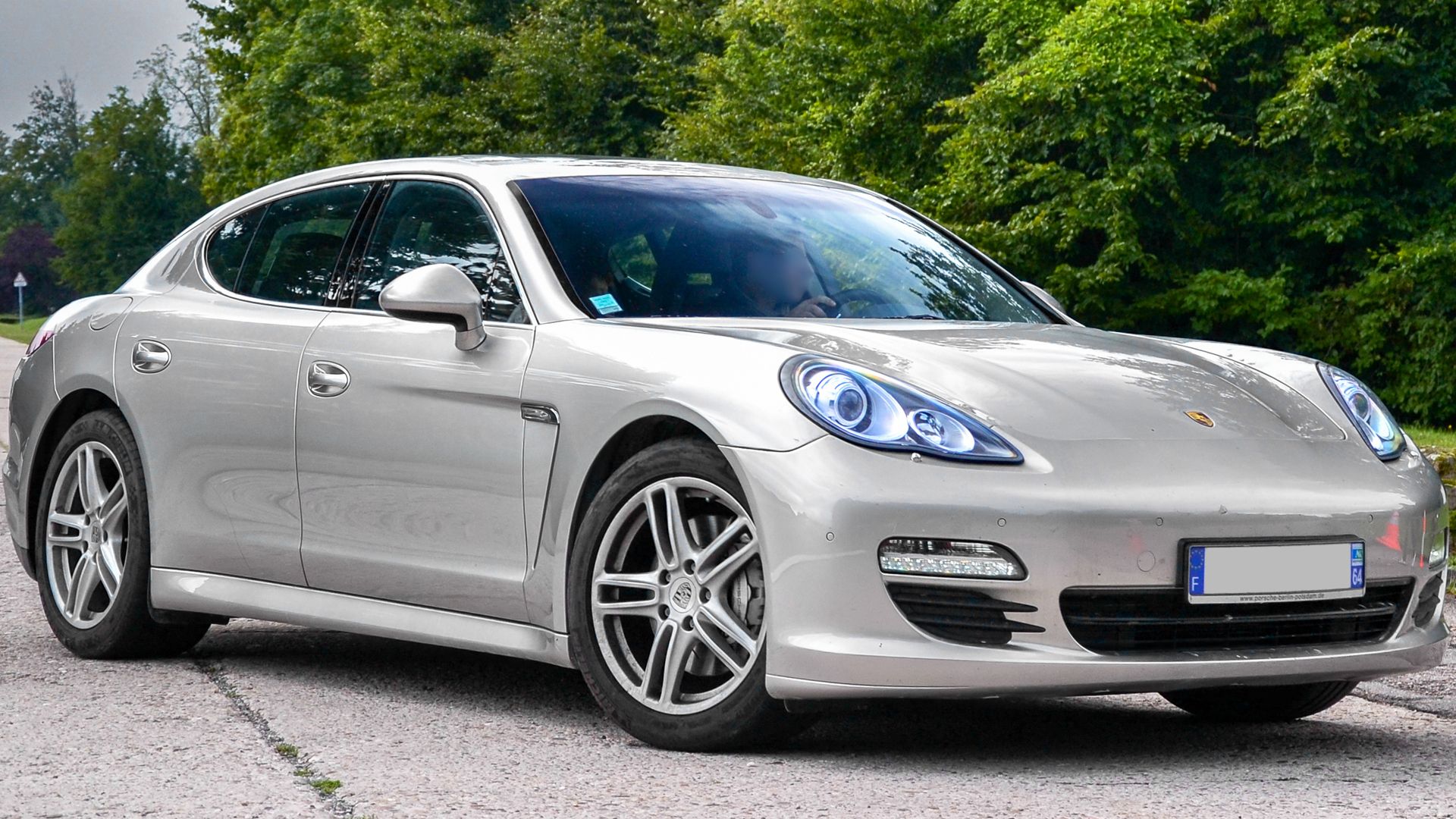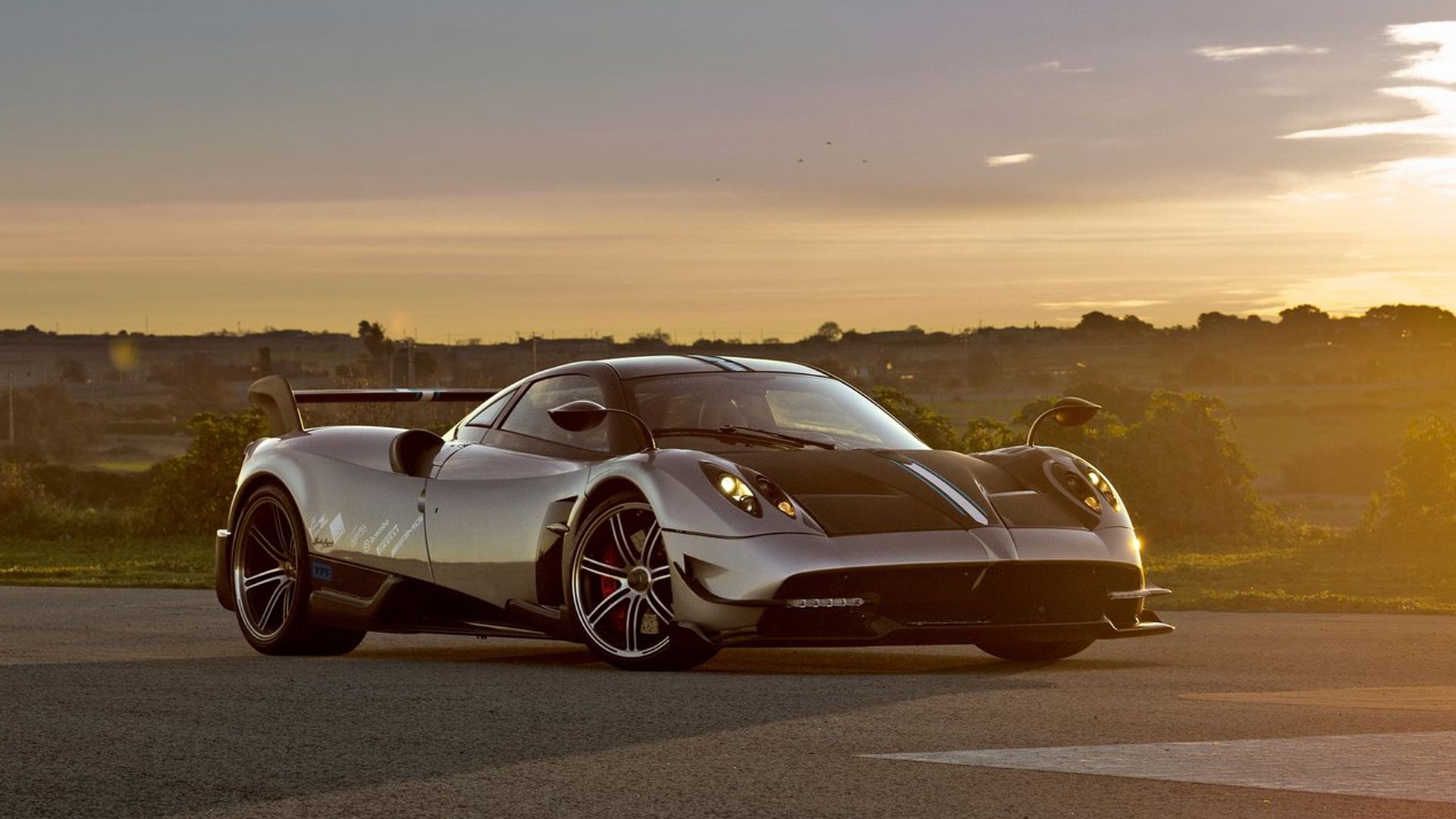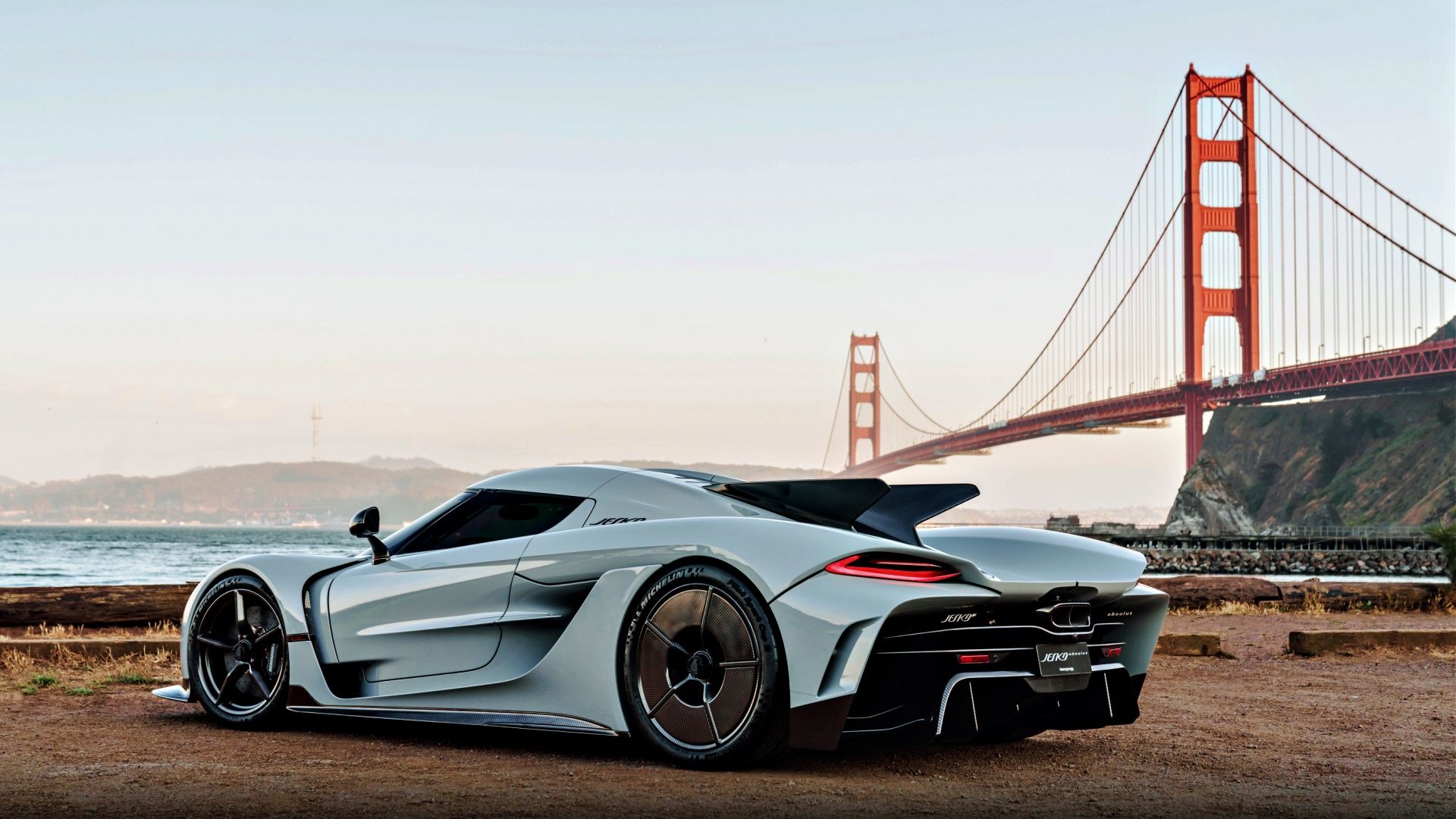Naming a car is just as important as the product itself and carmakers, often, create new words just to achieve a nice connotation to a new model’s name. The right name for the car can, often, directly influence a car’s success in the market, and there have been more than a few cases where choosing the wrong name for a car has resulted in a sales disaster. Sometimes, car manufacturers are forced to rename a model for a certain market, due to the original name having a rather negative or hilarious meaning in certain languages.
A case in point was the Mitsubishi Pajero, which was sold as the Montero in Spain, the reason being “pajero” in Spanish slang means “wanker”. That didn’t stop the Japanese SUV from becoming a legend, but others were less fortunate. More often than not, however, car companies nail it when it comes to a car’s name.
Sometimes, a good car name can only consist of a three-digit number, as sports car maker, Porsche has proven in many cases. Others, like supercar maker Pagani, are more dramatic. You probably wondered what some of your favorite cars’ names mean, and we have provided the answer for these epic models, listed below.
To make the article more informative, we gathered detailed performance specifications for each car on the list, from Automobile Catalog’s rich performance database. Models in this list have been arranged based on when they first debuted
10 1967 Chevrolet Camaro
In the mid-1960s, the Ford Mustang made the revolution, giving young Americans an affordable, fun sporty car. The Pony car segment was born, but GM was not about to let Ford have all the glory. In 1967, Chevrolet unveiled a Pony car of its own – the Camaro. This started one of the greatest automotive rivals in history, and eventually, the Camaro became one of the most popular platforms. The meaning of the name Camaro was not as straightforward as the Mustang.
1967 Chevrolet Camaro SS396 Specifications
|
Engine |
6.4-liter V-8 |
|
Transmission |
3-speed auto/3-4-speed manual |
|
Drivetrain |
Front-engine, RWD |
|
Power |
325-375 hp |
|
Torque |
410-415 lb-ft |
|
0-60 MPH |
6.7-5.4 seconds |
|
Top Speed |
126-137 MPH |
(Specs from Automobile Catalog)
The word, itself, had French roots and meant friend/pal. That doesn’t quite explain why the Camaro has what resembles a French flag turned 90 degrees. The brand’s founder, Louis Chevrolet was Swiss-born, which is as close as the French connection with Chevrolet gets. Still, the Camaro was a worthy competitor despite Ford’s Mustang having a head start. In 1977, the Camaro outsold Ford’s Mustang for the first time.
9 1967 DeTomaso Mangusta
Another iconic, Italian car name comes from the DeTomaso. Mangusta was the brand’s second model, after the Vallelunga. The Mangusta was also mid-engine and was also motivated by a Ford engine, only this time, it was a 289 V-8, shared with the Mustang Shelby GT350. There was also a more “laid-back” version of the car, powered by a much more conservatively tuned Ford 302 V-8.
1967 DeTomaso Mangusta Specifications
|
Engine |
4.7-liter V-8 |
|
Transmission |
5-speed manual |
|
Drivetrain |
Mid-engine, RWD |
|
Power |
305 hp |
|
Torque |
411 lb-ft |
|
0-60 MPH |
4.7 seconds |
|
Top Speed |
155 MPH |
(Specs from Automobile Catalog)
DeTomaso was meant to compete with the Shelby Cobra and the name was not chosen by accident. Mangusta was Italian for mongoose- an animal that prays on snakes. Any car meant to compete with the extremely scary Shelby Cobra was no joke, and while DeTomaso Mangusta was one of the fastest cars in the 1960s, the Cobra was lighter, more powerful, and ultimately, the faster car. Still, the DeTomaso Mangusta is aggressive enough to be used as inspiration for the latest Batmobile.
8 1974 Lamborghini Countach
By all accounts, the Marcello Gandini-designed Lamborghini Countach left its mark in the automotive world. Its 16-year production run certainly contributed to that, but it was more about the styling of the car. The Countach was outrageous in every way – a fact underlined even by its name. While a more literal translation of the name would mean “plague” or “contagion”, Countach was used in a different context when it came to the Lamborghini supercar. In Italian slang, “Countach” was used to express amazement, something like “goodness” for lack of a more subtle expression. Indeed, that was the typical reaction when one saw the Countach or even drove it.
1974 Lamborghini Countach LP400 Specifications
|
Engine |
3.9-liter V-12 |
|
Transmission |
7-speed auto |
|
Drivetrain |
Mid-engine, RWD |
|
Power |
370 hp |
|
Torque |
266 lb-ft |
|
0-60 MPH |
5.1 seconds |
|
Top Speed |
186 MPH |
(Specs from Automobile Catalog)
The car entirely prioritized form over function, and you had to stick out of the car to park it. Despite its numerous shortcomings, the Lamborghini Countach is desired by collectors and is still one of the most iconic poster cars of all time.
7 1984 Ferrari Testarossa: Red-Head
Almost all Ferrari models are of legendary status, but one of the most iconic nameplates of the carmaker that stands out is Testarossa. The name was first used on a Ferrari in 1957, on the Ferrari 250 Testarossa. Nowadays, it is mostly associated with the 1984 Ferrari Testarossa as the name is not preceded by a number. The name “testa rossa” means “redhead” in Italian. This refers not to the usual for most Ferrari cars, bright-red paint, but to the red cam covers on the V-12 engine (which was, technically, a flat-12), which was another signature trait of Ferrari cars.
1984 Ferrari Testarossa Specifications
|
Engine |
4.9-liter Flat-12 |
|
Transmission |
5-speed manual |
|
Drivetrain |
Mid-engine, RWD |
|
Power |
385 hp |
|
Torque |
354 lb-ft |
|
0-60 MPH |
5.3 seconds |
|
Top Speed |
181 MPH |
(Specs from Automobile Catalog)
The 1984 Testarossa may not have been the fastest thing of its day, but it was one of the most striking vehicles when it came to styling. It was certainly brash enough to be the poster car of the 1984-1989 “Miami Vice” TV series.
6 1991 Honda NSX
Sometimes, the most iconic car names are simple abbreviations. Such is the case with the ground-breaking Honda NSX. The Japanese, mid-engine supercar showed the world, supercars could be reliable and easy to live with, and you didn’t need to have a team of specialized mechanics on stand-by, 24/7. The car’s clever engineering and exceptional chassis, dialed in by legendary F1 driver, Ayrton Senna, made the NSX into a legend.
1991 Honda NSX Specifications
|
Engine |
3.0-liter V-6 |
|
Transmission |
5-speed manual |
|
Drivetrain |
Mid-engine, RWD |
|
Power |
276 hp |
|
Torque |
217 lb-ft |
|
0-60 MPH |
5.6 seconds |
|
Top Speed |
168 MPH |
(Specs from Automobile Catalog)
The name is well-known among JDM enthusiasts and the three letters stand for “New Sports Car eXperimental”. The experiment paid off since the Honda/ Acura NSX is a desired Japanese sports car even more than 30 years after its debut. Sadly, the second-generation NSX did not enjoy the same success despite, once again, being groundbreaking.
5 1999 Pagani Zonda
Boutique carmakers like Pagani make some truly astonishing vehicles, both, in terms of engineering and finish. The Italian carmaker, based near Modena, is named after its founder, Horacio Pagani. The company name, itself, is derived from a few different meanings and deserves its paragraph. Pagani’s first model, the Zonda, is named after a South American hot wind, which swoops down from the Andes to the Argentine Pampas.
1999 Pagani Zonda C12/ C12 S Specifications
|
Engine |
6.0-7.0-liter V-12 |
|
Transmission |
5/6-speed manual |
|
Drivetrain |
Mid-engine, RWD |
|
Power |
395-542 hp |
|
Torque |
420-531 lb-ft |
|
0-60 MPH |
3.7-3.6 seconds |
|
Top Speed |
185-208 MPH |
(Specs from Automobile Catalog)
The car is as dramatic as the name suggests, not just, because of the styling, but also because of its very-torquey, Mercedes-derived V-12 engine. Even more impressive is the fact the Zonda could be had with a manual transmission, in times when paddle-shift automatics were starting to take over.
4 2004 Porsche Carrera GT
In 1973, Porsche introduced one of its most well-known model names, the Carrera. This designation was almost always exclusive to the 911, and in more recent years, it signifies the base model of the rear-engine sports car. However, the Carrera name stood on its own, for the first time, in the 2004 Porsche Carrera GT. It is a well-known fact that “GT” stands for Gran Turismo in the car world. Carrera on the other hand, means “race” in Spanish.
2004 Porsche Carrera GT Specifications
|
Engine |
5.7-liter V-10 |
|
Transmission |
6-speed manual |
|
Drivetrain |
Mid-engine, RWD |
|
Power |
612 hp |
|
Torque |
435 lb-ft |
|
0-60 MPH |
3.4 seconds |
|
Top Speed |
205 MPH |
(Specs from Automobile Catalog)
Even the base-model 911 is quick enough to be a capable racer and throughout the years, the 911 saw great success in a variety of racing series and with different iterations of the car. The Carrera GT was equally worthy of the name due to no small part to its V-10 engine, which was initially developed for Formula 1, later repurposed for Le Mans, and finally put in the production-version Porsche Carrera GT.
3 2009 Porsche Panamera
Porsche’s Panamera is one of the more modern entries on the list, with the first generation dating back to 2009. Porsche has been experimenting with the idea of a “four-door 911” for decades, but it finally came to fruition with the Panamera. Porsche also boasts of a proud racing heritage and this new, groundbreaking model had to be named appropriately.
2009 Porsche Panamera Turbo S Specifications
|
Engine |
4.8-liter Twin-turbo V-8 |
|
Transmission |
7-speed PDK auto |
|
Drivetrain |
Front-engine, AWD |
|
Power |
500 hp |
|
Torque |
516 lb-ft |
|
0-60 MPH |
3.8 seconds |
|
Top Speed |
188 MPH |
(Specs from Automobile Catalog)
The Panamera name was not chosen randomly as it is a derivative of “Panamerica” – a highway on which the Carrera Americana road race was held. It’s also said to be the longest road, spanning from Prudhoe Bay, Alaska, North America down to Ushuaia, at the top of Argentina, in South America. Although this was a luxury, four-door model, it was still a Porsche, and it needed a name that matched its exceptional performance, especially in S, GTS, and Turbo variants. Despite the all-electric Taycan’s recent success, the Panamera will not die just yet.
2 2011 Pagani Huayra
Pagani’s second model, the Huayra, was even more dramatic than the Zonda. The immaculate finish on even the smallest detail along with the impressive mechanicals of the hypercar allowed the Huayra to be as successful as its predecessor, despite early models resembling a deep-sea fish. Luckily, the front end was fixed with later versions that quickly followed.
2011 Pagani Huayra Specifications
|
Engine |
6.0-liter twin-turbo V-12 |
|
Transmission |
7-speed auto |
|
Drivetrain |
Mid-engine, RWD |
|
Power |
730 hp |
|
Torque |
737 lb-ft |
|
0-60 MPH |
3.1 seconds |
|
Top Speed |
224 MPH |
(Specs from Automobile Catalog)
Propulsion still came from Mercedes AMG in the form of a big V-12, but this time, forced induction was added for even more oompf. That is unless we count the Huayra R, which boasts one of the most powerful naturally aspirated engines. As for the name, it comes from Huayra-tata a South American God of the Wind, revered in the Andes. Interestingly enough, the names was shared by another, much more obscure car – Huayra Pronello Ford – which was Argentinian-made but powered by a Ford Y-Block V-8.
1 2021 Koenigsegg Jesko
Koenigsegg makes some of the most groundbreaking hypercars in the business. Even the first model of the Swiss brand, the CC8S, managed to achieve a higher top speed than the McLaren F1, although the British model ended up with a higher average speed from three trials. While many of Koenigseg’s high-performance cars feature simple designations, made of letters and numbers, the Jesko stands out. If you are from a Scandinavian country, the name may not be as unusual to you.
2021 Koenigsegg Jesko Attack/ Jesko Absolut Specifications
|
Engine |
5.1-liter twin-turbo V-8 |
|
Transmission |
9-speed LST auto |
|
Drivetrain |
Mid-engine, RWD |
|
Power |
1,281 hp/ 1,603 hp on E85 |
|
Torque |
738 lb-ft/ 1,106 lb-ft on E85 |
|
0-60 MPH |
2.6 seconds |
|
Top Speed |
272-300 MPH |
(Specs from Automobile Catalog)
Jesko was meant to be the ultimate Koenigsegg and the founder, Christian von Koenigsegg named the car after his father – Jesko. While Jesko Attack is built for racetrack domination, the Koenigsegg Jesko Absolut is more “slippery” and set up for top-speed runs. Koenigsegg said Jesko Absolut will be the last model built with top speed records in mind.
